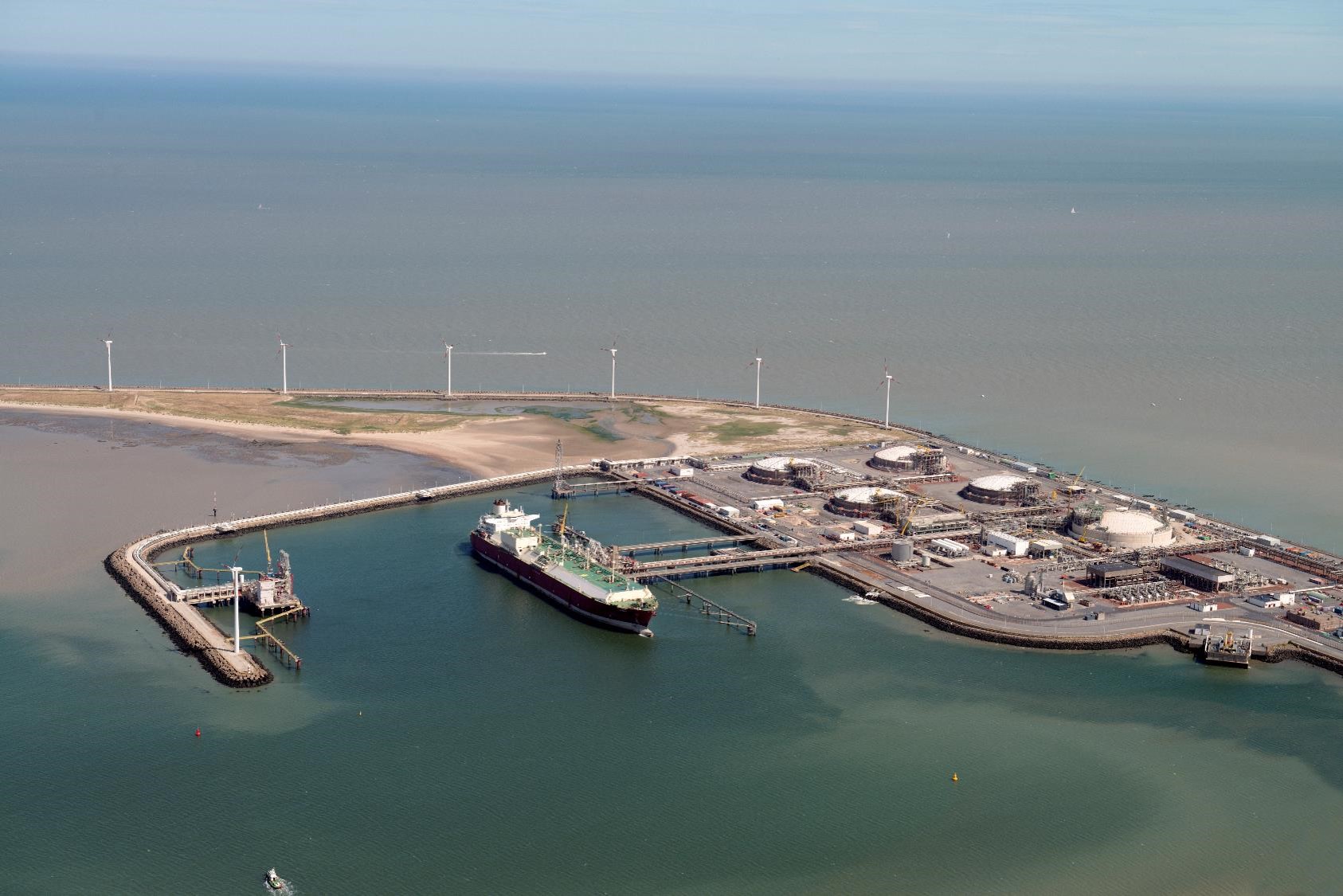Belgium’s Fluxys is testing the market’s interest in importing “low-carbon” gases such as bio-LNG and hydrogen/ammonia via its LNG import facility in the port of Zeebrugge.
The move is a part of Fluxy’s plans to “reshape and extend the Zeebrugge LNG terminal into a multi-molecule hub for importing low-carbon and climate-neutral molecules as well,” it said in a statement.
The Zeebrugge multi-molecule hub provides direct access from the sea for large ships in order to ensure the supply of not only LNG but also hydrogen and hydrogen derivatives.
Fluxys is running a call for market interest regarding its expansion plans for the Zeebrugge terminal from November 23, 2023 until February 16, 2024.
The LNG terminal operator said the market consultation presents an opportunity for market players to voice their growing demands.
Fluxys said the terminal’s market model offers all potential customers open access to the proposed services.
They can express their interest in a range of possibilities: services for bio-LNG or synthetic LNG, hydrogen, hydrogen derivatives, as well as compressed natural gas (CNG), and conventional LNG, the firm noted.
Initial results in spring 2024
Fluxys said the initial results in terms of market intentions are expected in spring 2024.
Pascal De Buck, managing director and CEO of Fluxys, said the Zeebrugge multi-molecule hub showcases the company’s ambition to “play a key part in accelerating the energy transition.”
“This project fully shoulders the federal hydrogen strategy and will help the Port of Antwerp-Bruges create a green energy crossroads in its ports,” he said.
The Zeebrugge terminal currently consists of five tanks with a storage capacity of 566,000 cbm and a regasification capacity of about 6.6 mtpa.
However, Fluxys is expanding the facility to almost double the regasification capacity and to add four more truck loading bays.
Fluxys previously said it aims to offer 4.7 mtpa of additional regasification capacity at the Zeebruge LNG facility as of early 2024 and the full 6 mtpa as of early 2026.

